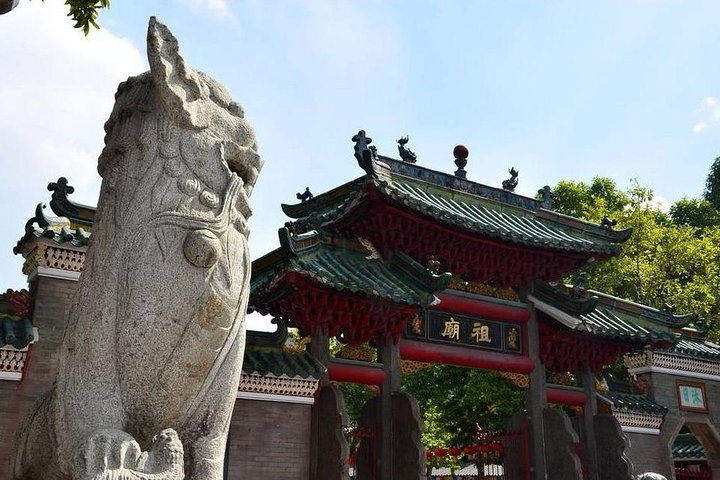Discovering Shunde: A Cultural Tapestry of Gardens and Water Villages
Embark on a cultural journey through Shunde, where ancient gardens and water villages reveal the rich tapestry of Chinese heritage. Discover the timeless beauty and culinary delights that make this region a must-visit.
A Journey Through Time: Shunde’s Qinghui Park
As I stepped into the Qinghui Park, I was immediately transported back to the Ming Dynasty, a time when gardens were not just places of beauty but also of profound cultural significance. The park, one of China’s top ten famous gardens, is a living testament to the elegance and sophistication of ancient Chinese garden design. Walking through its various sections, I was captivated by the harmonious blend of nature and architecture. The lush greenery, vibrant flowers, and serene ponds were interspersed with exquisite rock formations and intricately carved bridges, each telling a story of its own.
The architecture of the garden, with its Ming and Qing dynasty influences, was a marvel to behold. The delicate carvings and the elegant rockeries were not just decorative but also symbolic, reflecting the philosophical and aesthetic ideals of the time. As I wandered through the garden, I couldn’t help but feel a deep sense of peace and connection to the past. It was a reminder of the importance of preserving cultural heritage and the timeless beauty of traditional Chinese art and architecture.
Culinary Delights: A Taste of Shunde
After a morning of exploring the garden, I was ready to indulge in the culinary delights that Shunde is famous for. Guided by a local expert, I was taken to a charming restaurant where I was introduced to the region’s famed dim sum and other local delicacies. The meal was a feast for the senses, with each dish offering a unique blend of flavors and textures that reflected the rich culinary heritage of the area.
The highlight of the meal was undoubtedly the dim sum, a traditional Cantonese dish that has become synonymous with Shunde’s culinary scene. Each bite was a delightful explosion of flavors, from the savory fillings to the delicate, melt-in-your-mouth wrappers. As I savored each dish, I was reminded of the importance of food in understanding a culture. It is through these culinary experiences that one can truly appreciate the diversity and richness of a region’s heritage.
Exploring Fengjian Water Village: A Glimpse into Rural Life
The afternoon was spent exploring the Fengjian Water Village, a place that has been aptly described as the “Zhou Zhuang of Guangdong.” As I walked along the ancient stone bridges and through the narrow alleyways, I was struck by the village’s timeless charm and the way it has preserved its traditional way of life.
The village, with its beautiful water town scenery and profound history, offered a unique insight into rural Chinese life. The old houses, some dating back to the Ming Dynasty, stood as silent witnesses to the passage of time. The local residents, going about their daily lives, added a vibrant touch to the village’s serene atmosphere.
As I explored the village, I was reminded of the importance of preserving these cultural treasures. They are not just remnants of the past but living, breathing communities that continue to thrive in the modern world. The experience was a poignant reminder of the delicate balance between tradition and progress, and the need to cherish and protect our cultural heritage for future generations.







































